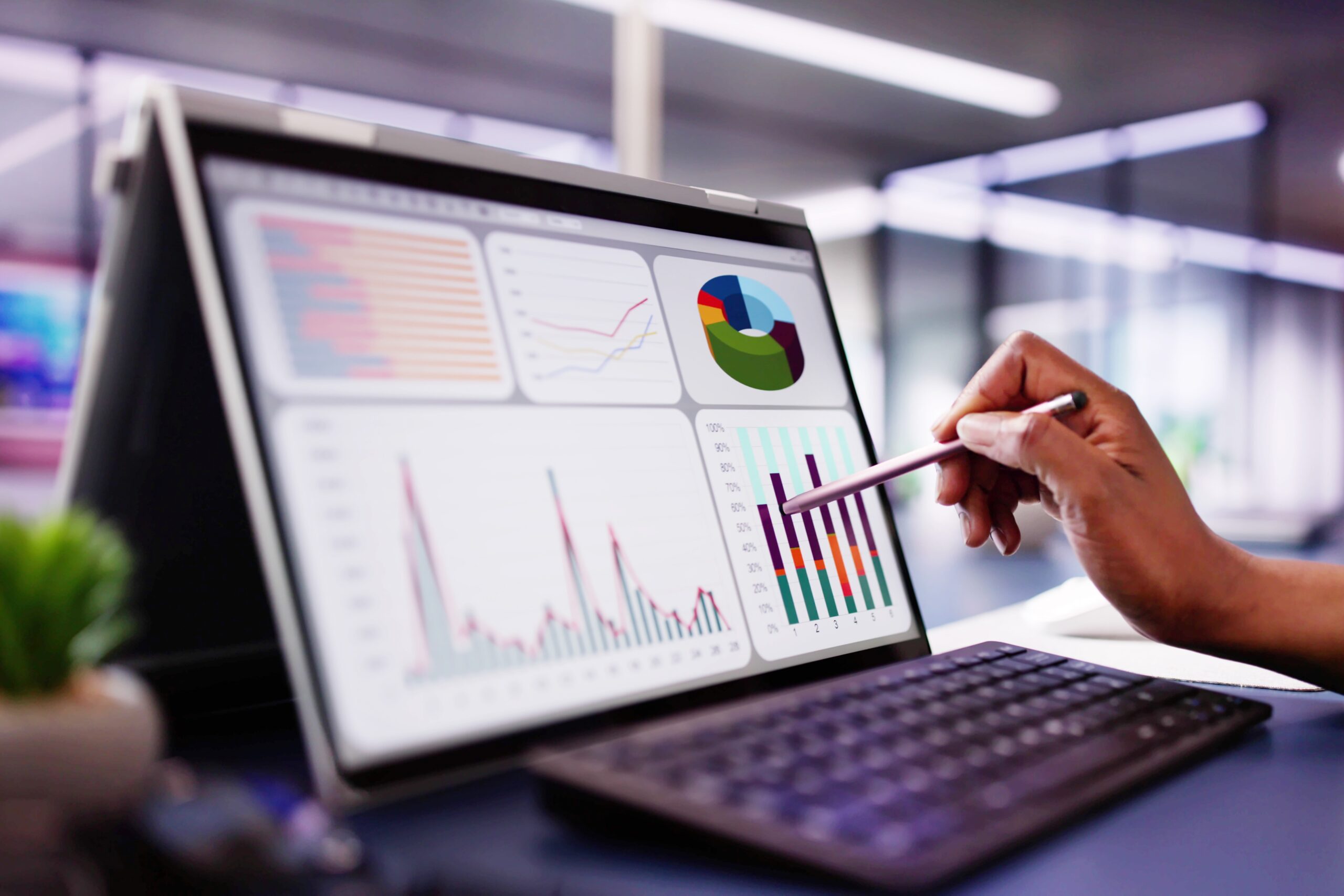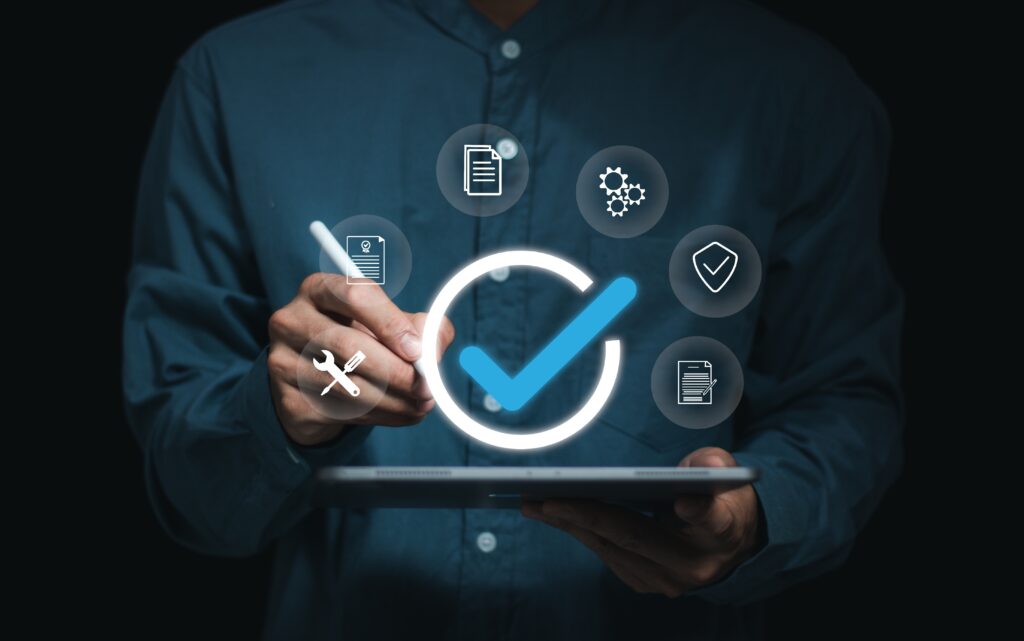
Predictive Analytics for Beginners: Turning Data Into Decisions
Have you ever wished you could see into the future? While we can’t offer a crystal ball, predictive analytics comes pretty close. By analysing historical data, spotting patterns, and applying algorithms, predictive analytics helps businesses and individuals make smarter decisions before things happen. From forecasting sales to anticipating customer behaviour or preventing equipment failure, this beginner’s guide breaks down what predictive analytics is, how it works, and how you can start using it — no PhD required.
Outline
- What Is Predictive Analytics?
- How Does It Work? (Without the Jargon)
- Where You’ve Already Seen It in Action
- Key Benefits of Predictive Analytics
- What You Need to Get Started
- Common Use Cases Across Industries
- Challenges (And How to Avoid Them)
- Final Thoughts: Predicting with Purpose
What Is Predictive Analytics?
Predictive analytics is the process of using data, statistical techniques, and machine learning to predict future outcomes based on past data.
It helps answer questions like:
- “Which customers are likely to leave?”
- “What sales figures can we expect next month?”
- “Which machines are likely to break down soon?”
- “Who’s most likely to click this ad?”
It’s not about certainties — it’s about probabilities and smart guesses that guide decision-making.
How Does It Work? (Without the Jargon)
At its core, predictive analytics involves three key steps:
1. Collect and Prepare Data
You gather data from past events — such as customer purchases, website visits, or temperature readings.
2. Identify Patterns
Using statistics or machine learning, the system looks for relationships (e.g. customers who do X are more likely to do Y).
3. Make Predictions
A model is created that can take new input (like a current customer’s behaviour) and estimate what’s likely to happen next.
Think of it like teaching a system how to spot patterns — then asking it to guess what’s coming next.
Where You’ve Already Seen It in Action
You’re probably using predictive analytics every day — without realising it:
- Netflix suggesting what to watch next
- Amazon recommending products
- Spotify building your personalised playlists
- Banks flagging unusual activity on your card
- Weather apps giving hourly forecasts
- Supermarkets offering discounts before you run out of a product
It’s all about analysing what’s happened — to better predict what’s next.

Key Benefits of Predictive Analytics
Smarter Decision-Making
Base choices on data, not guesswork.
Proactive, Not Reactive
Anticipate problems or trends before they happen.
Cost Savings
Prevent fraud, reduce downtime, improve targeting — all with fewer wasted resources.
Better Customer Experience
Offer the right product or service at the right time.
What You Need to Get Started
You don’t need to build your own AI to benefit from predictive analytics.
You’ll need:
- Historical data – the more accurate and relevant, the better
- Tools – from Excel and Google Sheets to Power BI, Tableau, or Python/R
- People – a data analyst or someone familiar with basic modelling techniques
- A question – what do you want to predict or improve?
Start small — even simple regression models or trend charts can reveal powerful insights.
Common Use Cases Across Industries
| Industry | Predictive Use Case |
|---|---|
| Retail | Forecasting sales and managing inventory |
| Finance | Detecting fraud, predicting loan default |
| Healthcare | Identifying high-risk patients |
| Marketing | Predicting customer churn and engagement |
| Manufacturing | Preventative maintenance for equipment |
| HR | Predicting employee turnover |
If you can measure it — you can probably model it.
Challenges (And How to Avoid Them)
Bad Data = Bad Predictions
Make sure your data is clean, complete and relevant.
Misinterpreting Results
A prediction is just a probability — not a guarantee.
Bias in the Model
If your training data is biased (e.g. historically favouring one group), your model will be too.
Overcomplicating Things
Start simple. You don’t need neural networks to spot trends in sales or customer retention.
Predictive analytics is powerful — but only if it’s built on solid, unbiased foundations.
Final Thoughts: Predicting with Purpose
Predictive analytics doesn’t eliminate uncertainty — but it helps you manage it more intelligently.
Whether you’re forecasting sales, planning stock levels, or refining a marketing campaign, using your data to guide future choices puts you ahead of the curve.
Don’t wait until the future arrives — start predicting it.